Eoraptor
Name Origin
Dawn Thief from the Valley of the Moon
Family
Eoraptoridae
Classification
Sauropodomorpha
Habitat (Discovery Location)
Argentina
Period
225 million years ago (Late Triassic)
Length
Approximately 1 to 1.5 meters
Weight
Approximately 5 to 15 kilograms
Diet
Omnivore (Plant- and meat-eater)
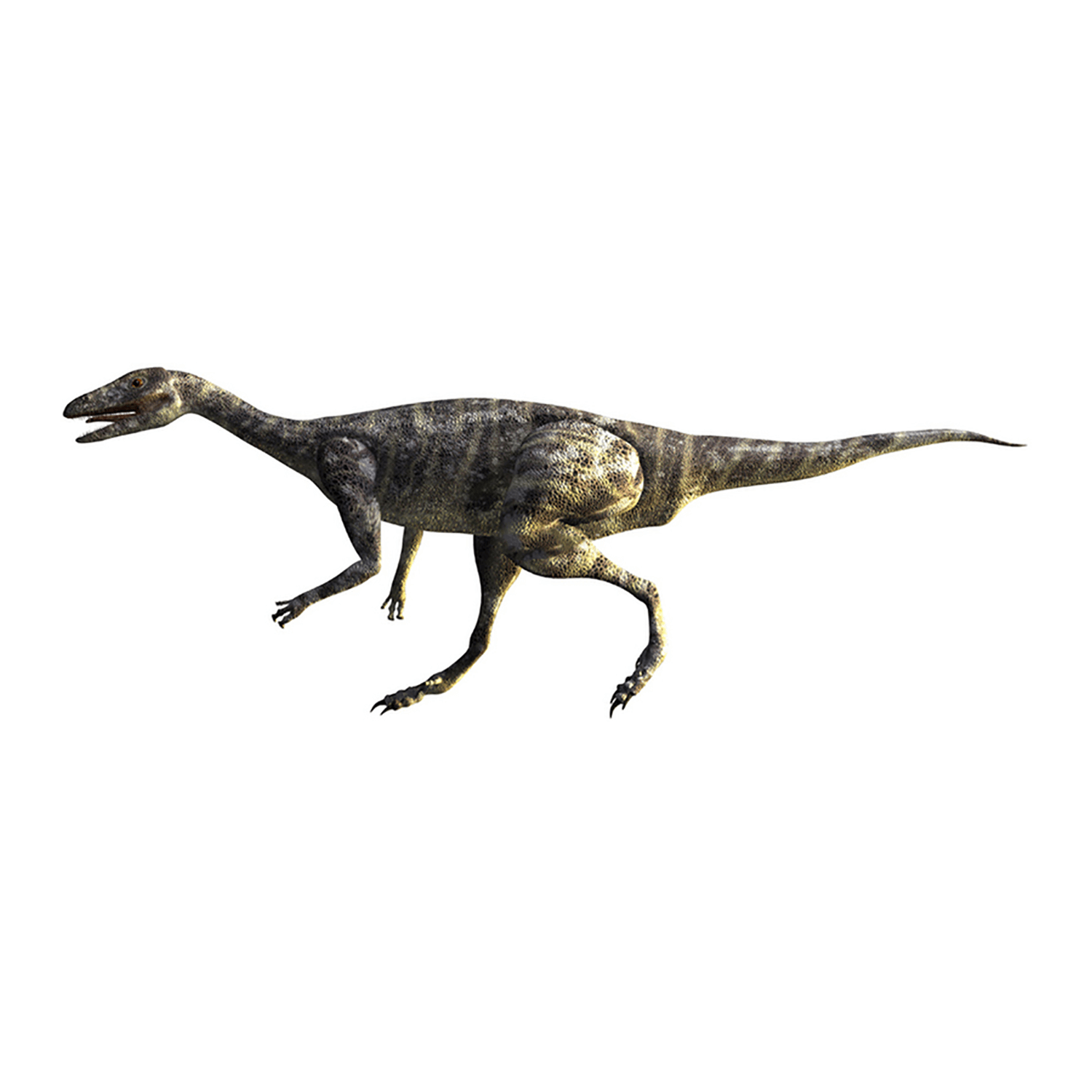
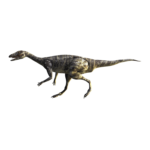

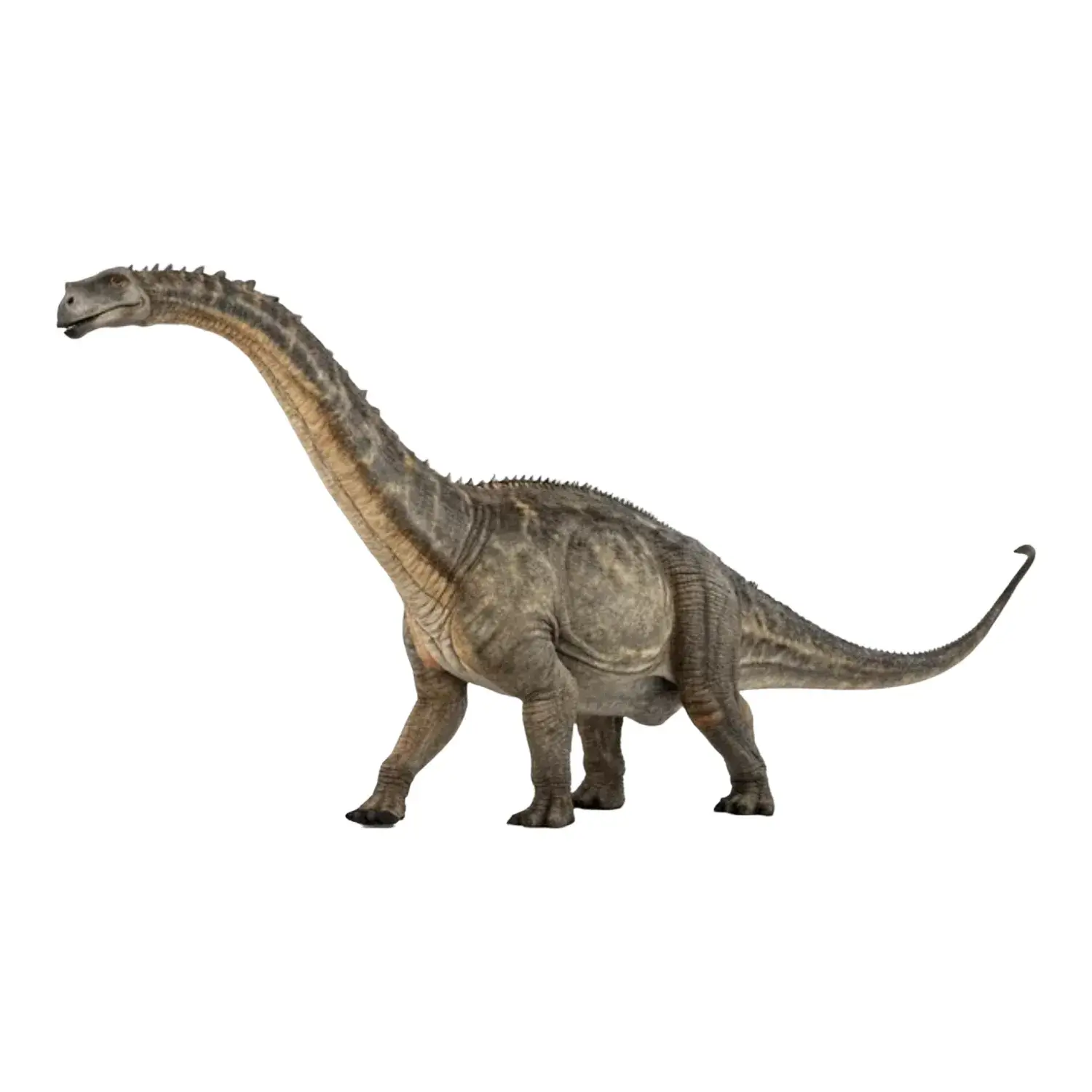

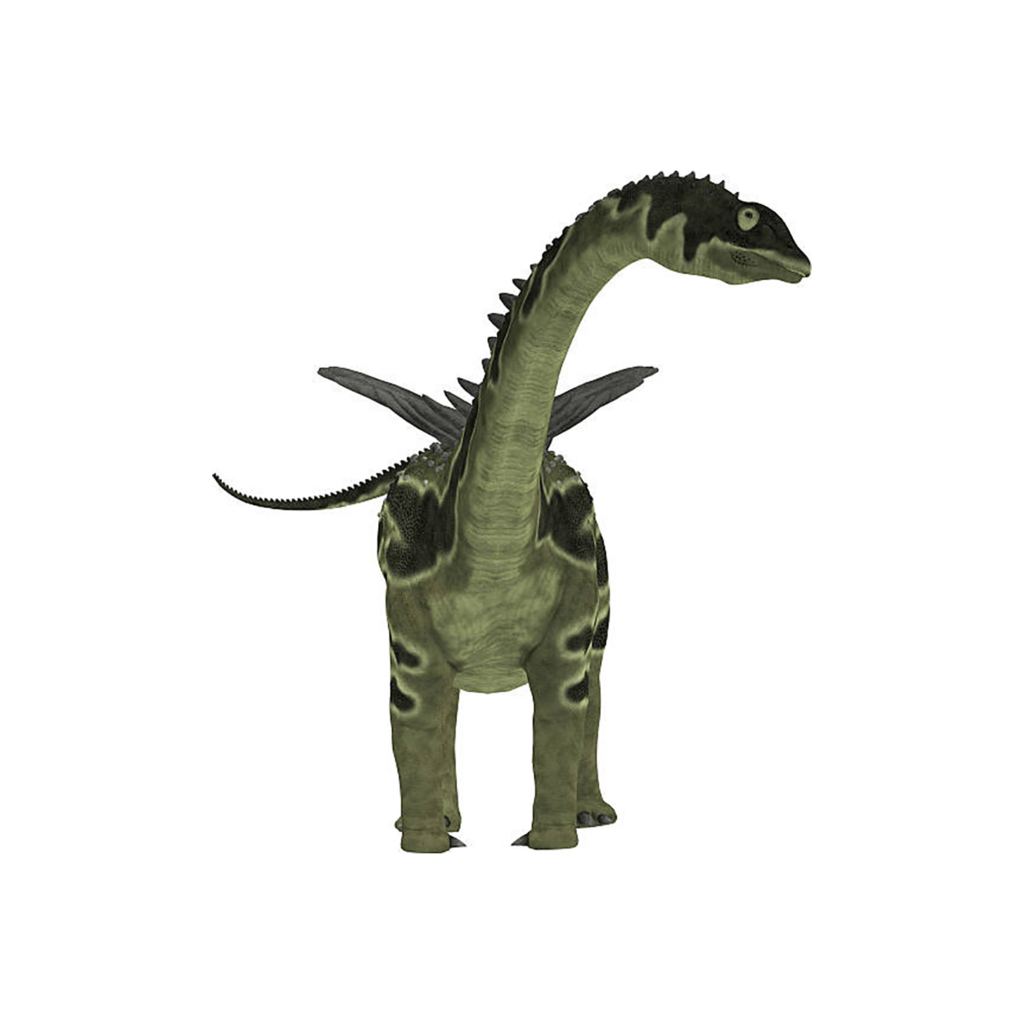
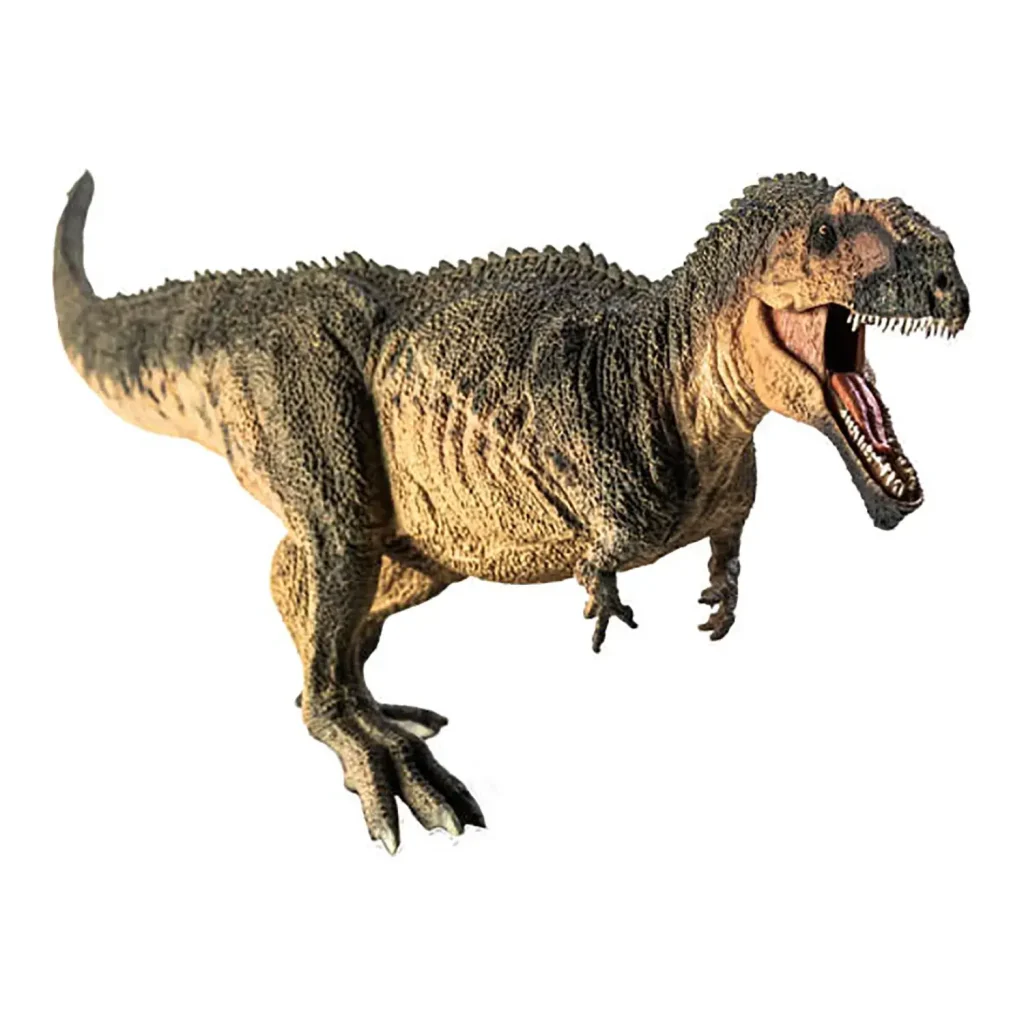

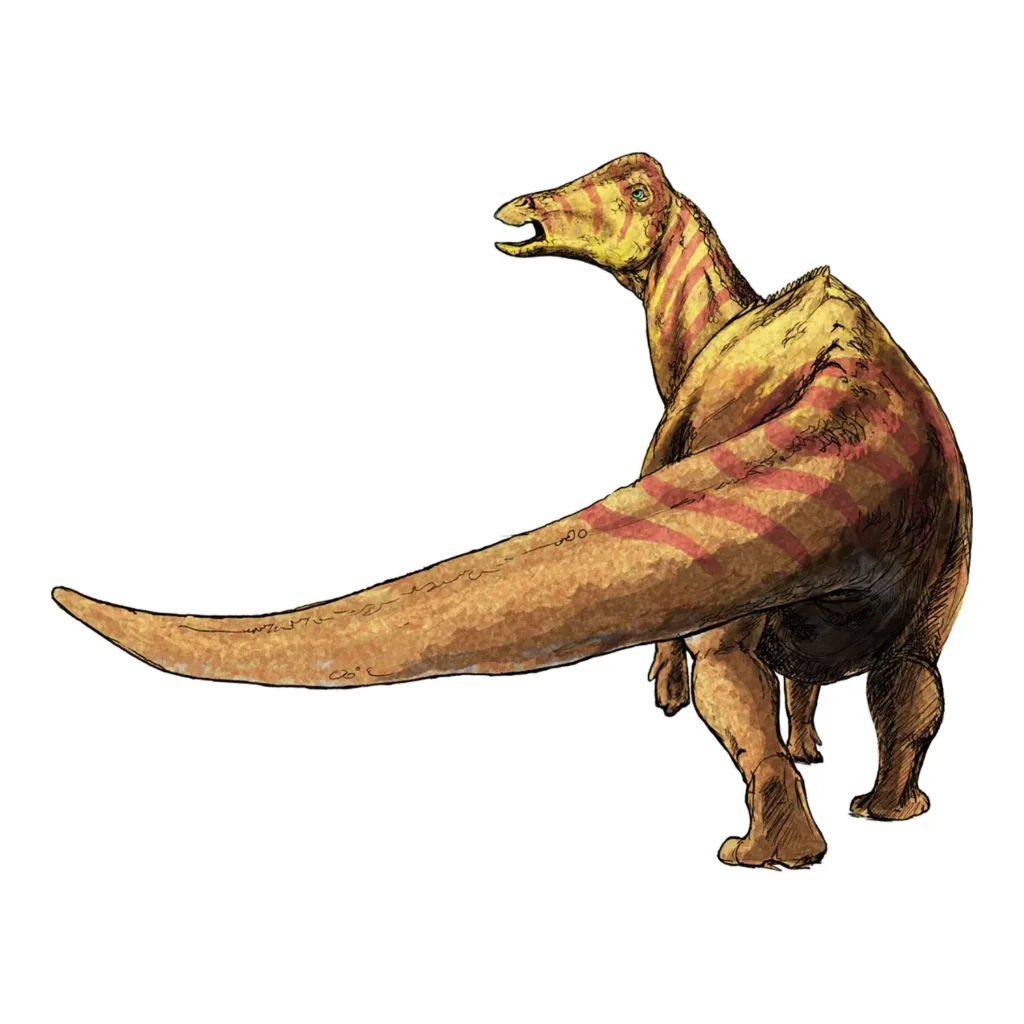
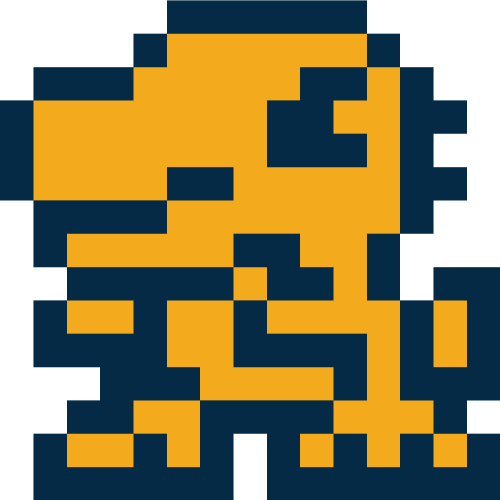
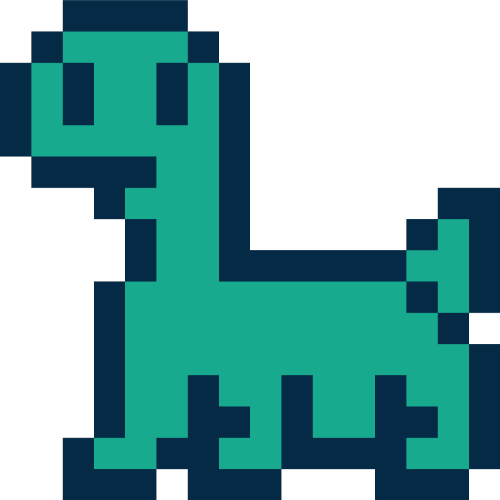
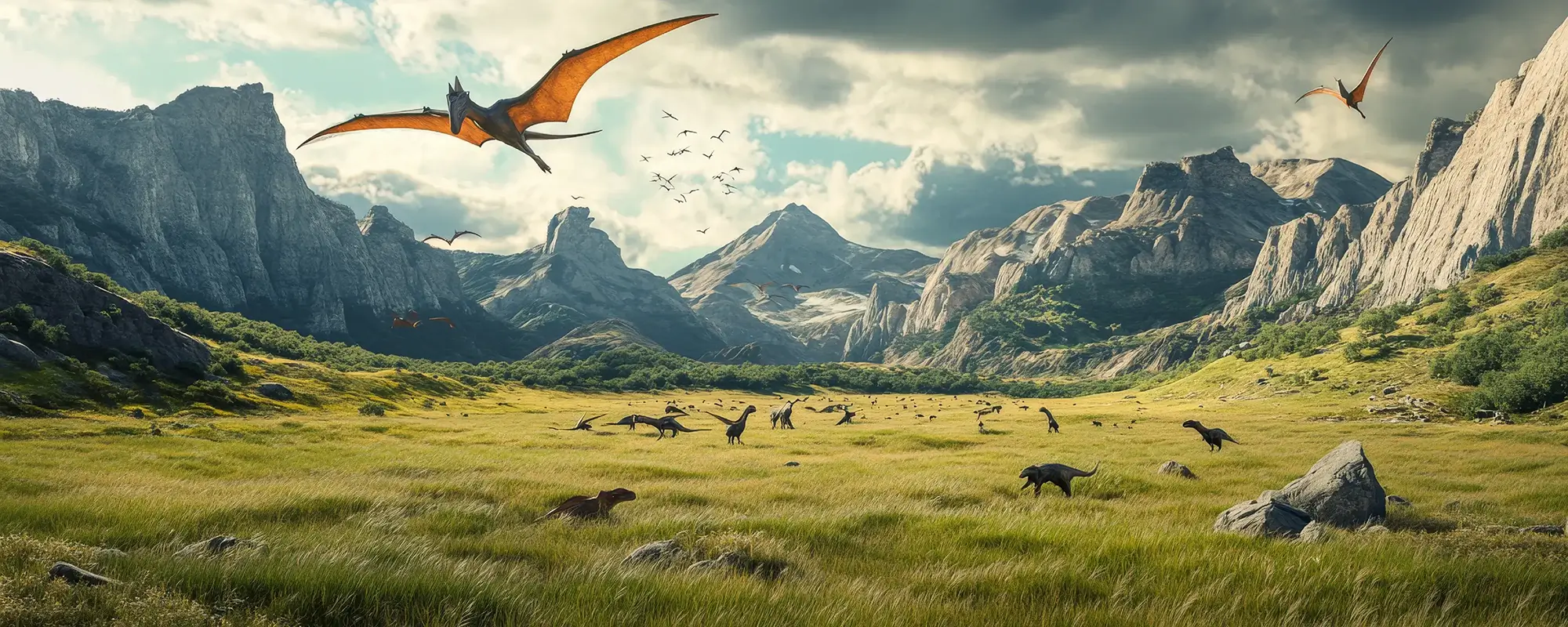



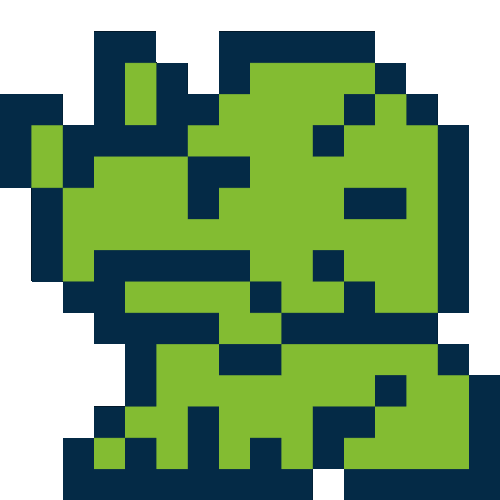
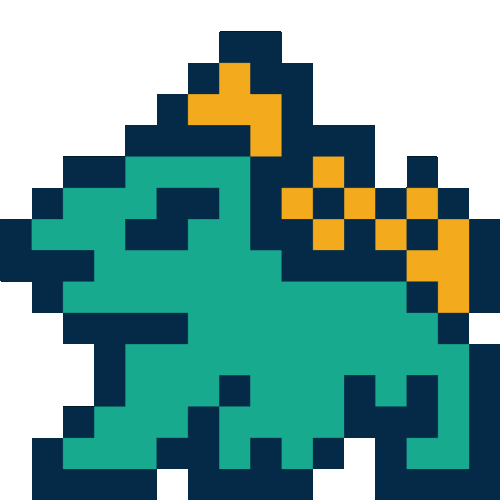


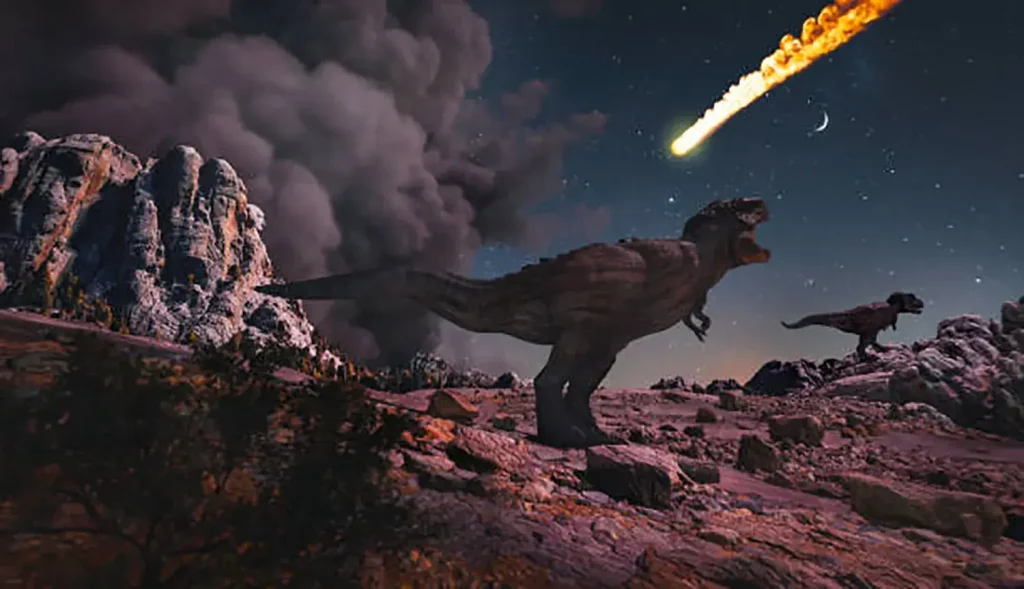
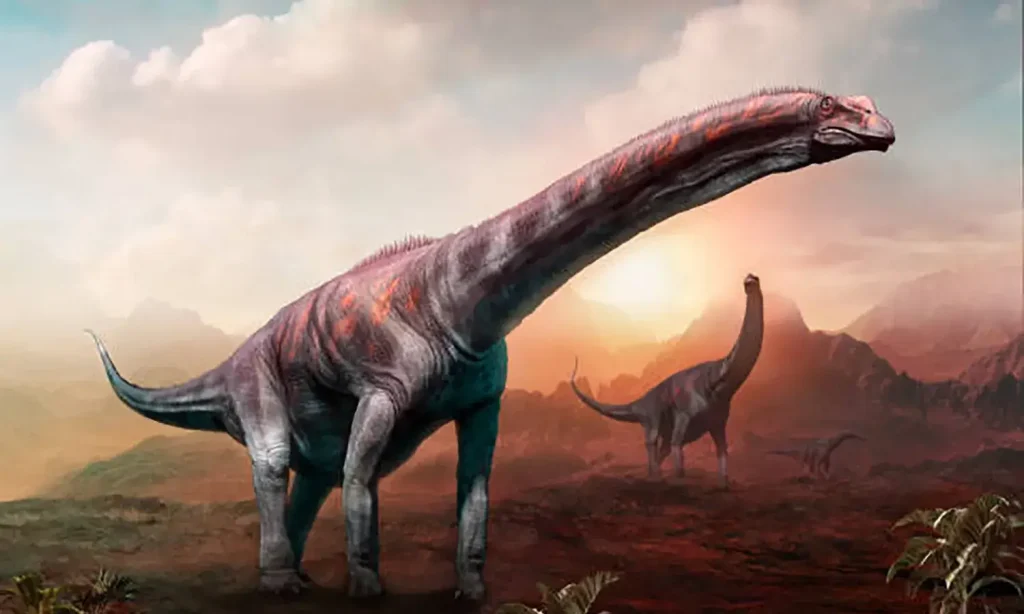
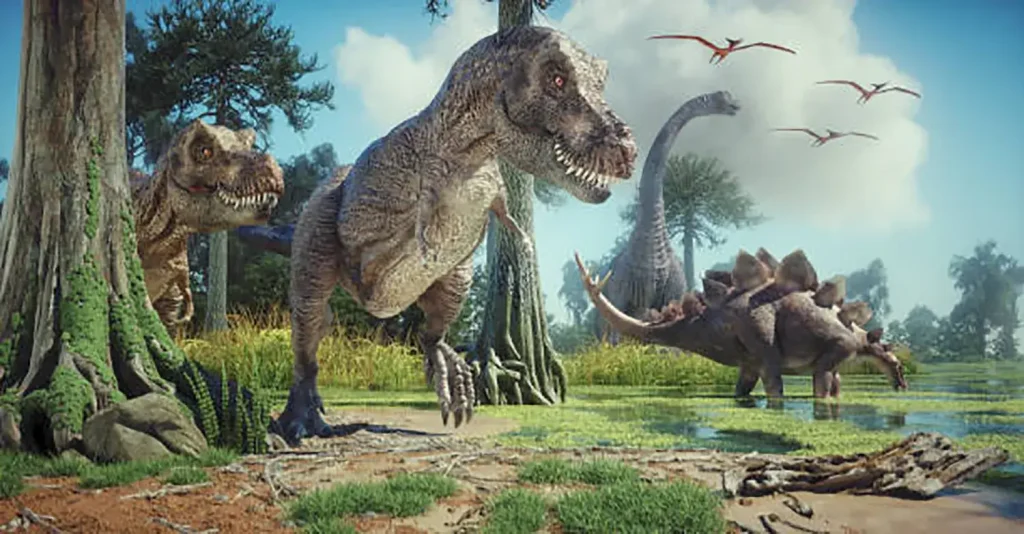
Description
Eoraptor was one of the earliest dinosaurs, living in South America during the Late Triassic period (approximately 225 million years ago).
Its scientific name means “dawn thief from the Valley of the Moon,” making it a very important symbol of the dawn of the dinosaur age.
The Quest for the “Oldest Dinosaur”
The fossil of Eoraptor was discovered in 1991, a relatively recent find.
This discovery provided a major clue to understanding how dinosaurs evolved.
While Eoraptor is often called the “oldest dinosaur,” the quest for this title is ongoing.
The larger dinosaur Herrerasaurus was discovered in the same rock layer, and the fossil of Nyasasaurus, which is considered to be even older, has been found in Africa.
Since the Nyasasaurus fossil is fragmentary, there is still debate as to whether it is a “true dinosaur.”
Given this, Eoraptor holds a very important position as “one of the oldest species that can be definitively called a dinosaur.”
A Swift Body: Theropod or Sauropodomorph?
Eoraptor was a small dinosaur about the size of a fox, but its long hind limbs and lightweight body made it very agile.
It was able to run quickly on its hind legs, using its long tail for balance.
Since its description in 1993, Eoraptor has been classified as a carnivorous theropod. However, a major debate over its classification erupted in 2011 with the study of a new dinosaur, Eodromaeus.
Theropod Features
Its back teeth were sharp, which is a characteristic of carnivorous dinosaurs.
Sauropodomorph Features
Its front teeth were leaf-shaped, which is similar to a primitive sauropodomorph.
The shape of its external nostrils and fingers also resembled those of sauropodomorphs.
It is now considered more likely that Eoraptor should be classified as an early sauropodomorph.
This debate is important because the classification of Eoraptor is a key to solving the great mystery of what the common ancestor of all dinosaurs looked like.
A Swift Body and Primitive Characteristics
Eoraptor’s long jaw had sharp teeth, but it did not have a strong bite.
It was able to move its long neck freely to catch prey that was trying to escape or eat plants like ferns and cycads.
It had five fingers on its forelimbs, three of which were long and had sharp, powerful claws.
It used these claws to pin down prey, grab plants, or defend itself from enemies.
A notable feature of Eoraptor’s teeth was its heterodonty, meaning its teeth at the front and back of its jaw were of different shapes.
The front teeth were leaf-shaped, suited for eating plants, while the back teeth were curved, suited for meat.
Using these teeth and claws, it is believed to have been able to prey on creatures of a similar size.
The Mystery of Its Ecology and Fossil Discovery
The fossil of Eoraptor was discovered in 1991 by a joint expedition of the University of Chicago, led by Paul Sereno, and Argentine paleontologist Ricardo N. Martínez.
A nearly complete fossil was excavated over a period of about a year and formally described as a new genus in a 1993 paper.
The discovery site was a place called the “Valley of the Moon,” which is where its species name, lunensis, comes from.
No skin fossils have been found, so it is unknown whether it was covered in scales or feathers.
However, since it lived in a warm region, it may not have needed feathers for warmth.
Despite its small body, Eoraptor is a very fascinating creature that holds a major key to the mystery of dinosaur evolution.